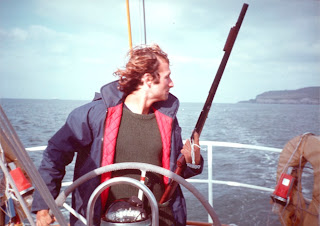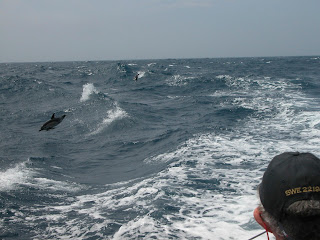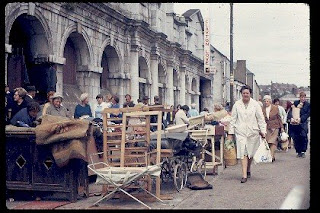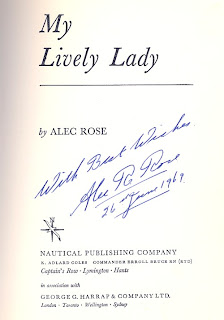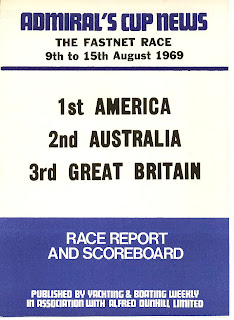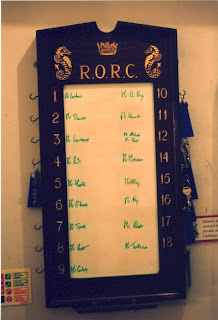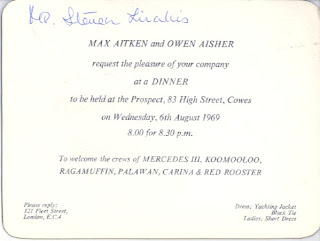
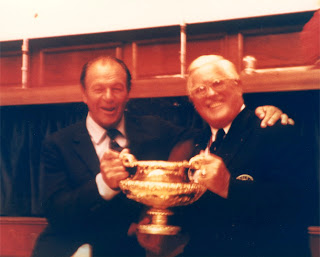

This weekend at the Indian Harbor Yacht Club will be a reunion of as many “Carina” crew as can be rounded up to recount their memories of sailing on perhaps the most famous boat in ocean racing.
Category: admiral’s cup
COWES WEEK FASTNET RACE 2009
1971 Trans-Atlantic
 In 1971 we sailed “Carina” first to Harwichport, on Cape Cod. David Steere, the owner of “Yankee Girl” (sistership to Charisma”) gave a large party for all involved inviting astronauts as guests of honor. The next morning very early, to catch the tide. We left, after a late night. “American Eagle”, Yankee Girl” and Carina” We took a more northerly route. and made a very quick crossing, 14 days. beating the other boats by a day. They had taken a more southerly, warmer route. In fact, I have never beaten this time, in a race.
In 1971 we sailed “Carina” first to Harwichport, on Cape Cod. David Steere, the owner of “Yankee Girl” (sistership to Charisma”) gave a large party for all involved inviting astronauts as guests of honor. The next morning very early, to catch the tide. We left, after a late night. “American Eagle”, Yankee Girl” and Carina” We took a more northerly route. and made a very quick crossing, 14 days. beating the other boats by a day. They had taken a more southerly, warmer route. In fact, I have never beaten this time, in a race.
found photos
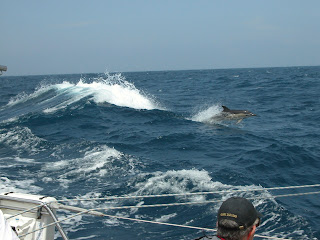 The 2005 trans-atlantic race from New york to Cowes, England,aboard “Tempest” the 80 foot S&S ketch provided an opportunity to sail on the ocean and to photograph nature and each other during the 15 day passage. I have written previously about the race. I only just found the photographs sent to me by Christian Jensen, who was also part of the crew.
The 2005 trans-atlantic race from New york to Cowes, England,aboard “Tempest” the 80 foot S&S ketch provided an opportunity to sail on the ocean and to photograph nature and each other during the 15 day passage. I have written previously about the race. I only just found the photographs sent to me by Christian Jensen, who was also part of the crew.
Hobnail Boots

 After arriving in Ireland at the finish of the Trans-atlantic race; I was informed that I was included on the list of invited to all the events in Cowes; which meant that I would need a dinner jacket and other appropriate clothes.
After arriving in Ireland at the finish of the Trans-atlantic race; I was informed that I was included on the list of invited to all the events in Cowes; which meant that I would need a dinner jacket and other appropriate clothes.
Admiral’s cup 1969
 1969 was my first Admiral’s Cup and first Fastnet Race. The Admiral’s Cup team: Carina, Palawan, and Red Rooster. The Dick Carter designed Red Rooster was chosen for the team before she hit the water. It proved to be a good choice.
1969 was my first Admiral’s Cup and first Fastnet Race. The Admiral’s Cup team: Carina, Palawan, and Red Rooster. The Dick Carter designed Red Rooster was chosen for the team before she hit the water. It proved to be a good choice.
ROYAL YACHT SQUADRON
 The Royal Yacht Squadron was founded in June 1815; long considered the most prestigious yacht club, perhaps in the world.
The Royal Yacht Squadron was founded in June 1815; long considered the most prestigious yacht club, perhaps in the world.


BUCKMINSTER FULLER AND UFFA FOX
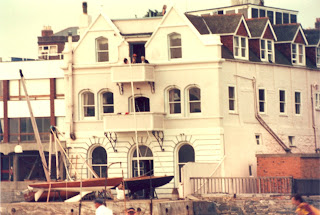
Buckminster Fuller might easily be labeled the guru of the “woodstock generation”. perhaps best known generally for his geodesic dome. He was a global thinker,he was green long before it was fashionable. He completed few projects, was not really an architect, yet he made an enduring impression. The Whitney Museum just finished an exhibit dedicated to “Bucky” and his ideas. I confess he intrigued me as well. I saw him speak a number of times while in school.
Royal Ocean Racing Club
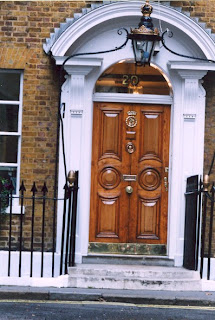 No club has been more important in my sailing career than the Royal Ocean Racing Club. I joined in 1969; shortly after finishing the Fastnet race and having won the Admiral’s Cup, sailing aboard “Carina”. One of the conditions of membership is to have completed a number of the Club’s races offshore. A true yacht club. I live in the United States, however I have completed 4 Admiral’s Cups, and 5 Fastnet races as well as many of the Clubs other races. I try to stay in touch with events at the RORC.
No club has been more important in my sailing career than the Royal Ocean Racing Club. I joined in 1969; shortly after finishing the Fastnet race and having won the Admiral’s Cup, sailing aboard “Carina”. One of the conditions of membership is to have completed a number of the Club’s races offshore. A true yacht club. I live in the United States, however I have completed 4 Admiral’s Cups, and 5 Fastnet races as well as many of the Clubs other races. I try to stay in touch with events at the RORC.
Admiral’s Cup 1971
 Following our delivery across the ocean “Carina” was hauled out of the water at Camper & Nicholson’s yard in Gosport. it made sense because the first race, the Channel race started at Southend closeby. The team was comprised of “Yankee Girl”, “Bay Bea”, and “Carina” Bill Snaith, however was chosen to be the team captain, in Cowes without a boat.
Following our delivery across the ocean “Carina” was hauled out of the water at Camper & Nicholson’s yard in Gosport. it made sense because the first race, the Channel race started at Southend closeby. The team was comprised of “Yankee Girl”, “Bay Bea”, and “Carina” Bill Snaith, however was chosen to be the team captain, in Cowes without a boat.








